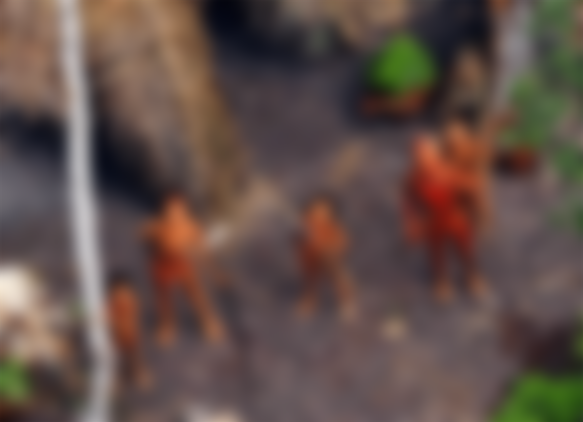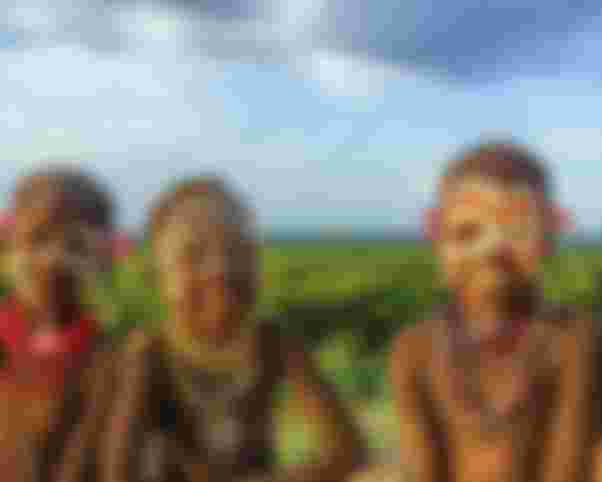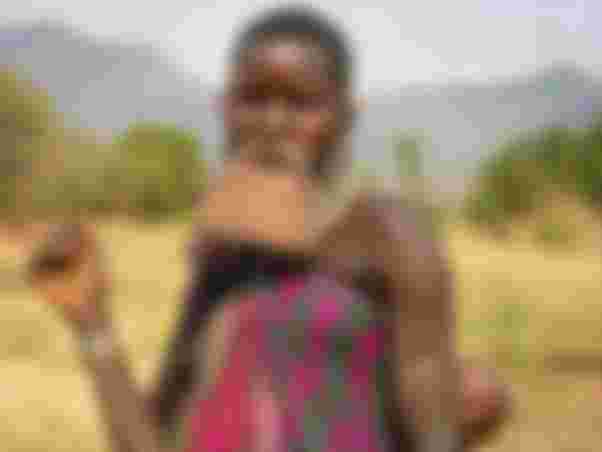Yes, there are still nations that do not know what civilization is.
Before that we need to know what civilization really means.
A civilization is a complex social system characterized by such qualities as urbanization, social stratification, symbolic communication systems (e.g., writing system), available distinct identities, and control over the natural environment. Civilizations are often characterized by other Are defined by the ones on which civilization depends, and those are centralization, habitat of people and other living beings, specialization of labor, culturally created development norms, domination, architecture similar to sculpture, imposition of taxes, social dependence on agriculture, and expansion.
The English word for civilization is civilization which comes from the Latin word civis which means a person living in a city. This is because when the people of a place are civilized, they live together in a large well-organized group like a city, not in a small tribe or joint family.
Civilization is the progressive stage of organizational living. This means it has its own laws, culture and way of life and its own way of defending itself. Most civilizations have their own agricultural systems and systems of government similar to monarchies or electoral systems. They speak a common language, and may have their own religion and education system. All civilizations, from Sumerian and Egyptian, had their own writing system. Through this writing method they used to compile and preserve their knowledge.
In this article I will talk about 5 tribes who live not in any country but in some parts of the world.
1. Sentinels, Indian Ocean
They live on the North Sentinel Island in the Andaman Islands in the Indian Ocean. The name Sentinels is actually given to researchers, because most likely they are the only people in the world with whom the modern world has no contact. As a result, it is not known what they call them. They are called Sentinels after the island.

The Indian Census Bureau has at various times tried to find out the total population of the island but the actual number has never been known. The Indian Navy tried to conduct a survey by helicopter to see what effect the devastating 2004 tsunami had on the Sentinels. At this time they threw food and relief items on the shore from above. But shortly after the helicopter landed on the island, the helicopter moved away when the Sentinels attacked the helicopter with an arrow.
There is no such thing as an agricultural system among the Sentinels. They mainly hunt wild animals and collect food by fishing. Their houses have no walls, just like a tent over their heads. He can make a few things with the metallic material collected in the vicinity, but he cannot make much with metal. But the most surprising thing is that they can't light a fire, at least that's what the experts think.
At present all attempts to contact and leave the island are legally punishable. But the government and various research institutes are still eager to find a way to communicate with the Sentinels.
2. Surma tribe, Ethiopia
The Surma people living in western Ethiopia are known for all their strange physical features. These traits are not congenital, but they artificially distort different parts of the body. Along with that there are works of art painted with different colors on the body. They prefer to live in isolated and inaccessible mountains. Fighting with the surrounding tribes is also very traditional for them. However, the difference with other isolated groups is that they use modern weapons. Due to the Sudanese civil war, modern weapons such as AK-47 have also come into the hands of this isolated group.

Surmaras make their living by farming. Tobacco, coffee, different varieties of coffee are cultivated. Surmaras collect the necessary things by exchanging with different tribes. Collects weapons in exchange for lion skins, giraffe tails, ivory from Amhara and Shangalas.
When the Surma girls reach puberty, all the teeth on their lower limbs are removed and the lower lip is pierced. Then a plate is placed there. The bigger the plate in their culture, the more beautiful she is! There is also a lot of artwork on the plate. However, many Surma girls do not follow this tradition anymore.

3. Moscow-Piro tribe, Amazon
It will be about isolated people and Amazon will not come. Most likely Amazon has the most isolated population, many of which we do not yet know. One such almost unknown group is the Moscow-Piro. In 1794, Commander Carlos killed a large part of the Moscow-Piro. The Moscow-Piros then went deep into the Amazon and for a long time no trace of them was found.

Moscow-Piros do not easily attack outsiders, but there are also occasional allegations of killing ordinary people. There are even allegations of looting food and various items by attacking a village. But all in all they coexisted fairly peacefully. Even when they come in contact with modern people, they still keep themselves as before. Like other isolated peoples, bows and arrows and spears are their main weapons.
Brazil and Peru are trying to establish contact with Moscow-Peru, but the main obstacle is language. There is no one who knows the language of Moscow-Piro perfectly. The people of the Yen tribe understand something but do not understand the whole. As a result, due to language problems, it has not been possible to establish good relations yet.
4. Korowai, Indonesia
A tribe living on the Karowai Peninsula in Indonesia. Everyone knows them as Karowai nation. In the 1900's, various Christian missionary groups began to associate with the Crowe and try to get acquainted with modern civilization. But in most cases they did not succeed. After the 1980, many crows left their jungles and settled in nearby villages.

They make their living mainly through hunting and horticulture. Still hunting with bows and arrows, using stone weapons and not wearing clothes! Building a house on a tree is a special feature of the Korowai. Their houses are built high above the trees, so they get a lot of benefits in fighting with other tribes. No one can easily catch fire and cause damage due to the above construction. Even after being in a dense forest, there is no problem of light and air.
The Karowais, who lived in the southeast of the Indonesian state of West Papua, had no idea of the outside world before 1974! They live in the jungle near the Papua New Guinea border. They believed everyone would die if they left their area. Researchers believe that crows are now out of their cannibalistic nature. However, many of the Karowais claim that they are still cannibals for some religious provisions. While many tribes do not attack foreigners and outsiders, many speculate that there may be more tribes inside the jungle who have not yet met outsiders.
5. Jaroa, Andaman Islands.
It is a small race. Lives in the jungle. Their social system and way of life is primitive. That means this nation is wild. They are naked or semi-naked. The Jaroas speak the Jaroa language. There is no font in this language. The main food of the Jaroas is forest animals, fruits and sea fish. They hunt pigs with bows and arrows. Honey is also on their food list. They are skilled in collecting honey. The skin color of the jaroyas is black. Perhaps they are descendants of African Negroes.

The Andaman and Nicobar Islands in the Bay of Bengal are a Union Territory of India. There are 572 islands in this archipelago. Several indigenous communities live in forests in different parts of the islands. One of them is Jaroya. They are a kind of nomads. This means that they roam in different forests, collecting food and making a living. The Jaroas live on the southeastern island of the Andamans. They do not like the intrusion of outsiders in the Jaroa area. When someone enters, he does not hesitate to shoot poisonous arrows.
In the seventies of the last century (20th century) the Government of India built roads across the Jaroa area. It gives people from mainland India or the outside world a chance to come here. As a result, the livelihood of the Jaroa people was disrupted and various diseases spread and weakened their condition. At present, tourists and outsiders are not allowed to enter the area to protect them. This means that the Jaroad habitat has been declared a protected area.
Thanks for reading this article for so long.
If you like it Upvote Can give.





